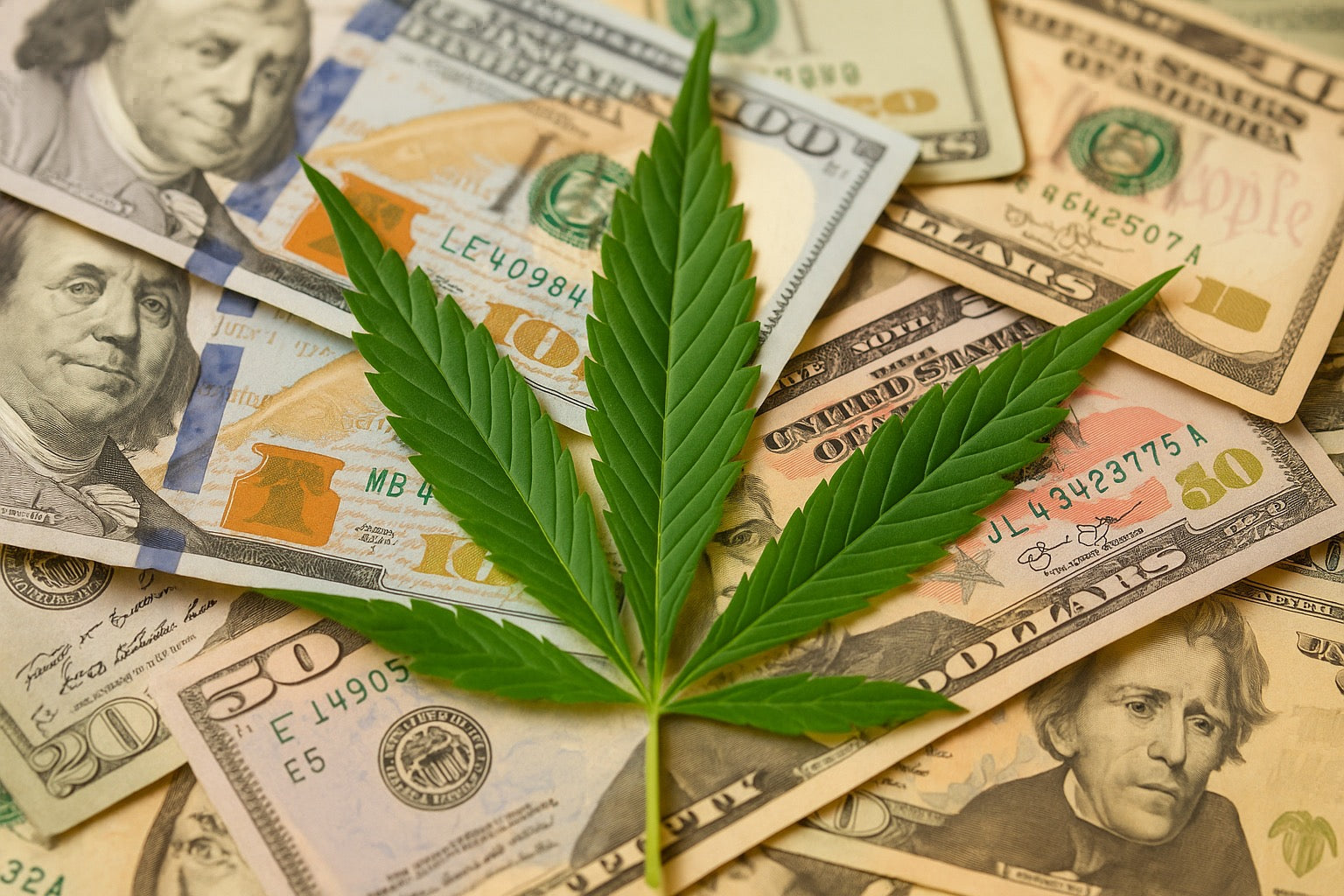
By the mid‑20th century, cannabis had already been heavily restricted, but it wasn’t yet the global public enemy we know from late‑century politics. That all changed in the 1970s. What started as fear‑mongering in the 1930s evolved into a full‑scale government campaign to eradicate drugs—and cannabis was right in the crosshairs.
The War on Drugs wasn’t just about public safety. It was about power, politics, and control. And it left behind a legacy that reshaped lives, communities, and the entire trajectory of cannabis in America.
If you haven’t already, read How the 1930s Turned Cannabis into a Crime to learn how early propaganda and policy set the stage for prohibition.
Nixon Declares War
In 1971, President Richard Nixon officially declared “an all‑out global war on the drug menace.” Cannabis, once dismissed as a minor concern, was now labeled public enemy number one[1].
A year later, the Controlled Substances Act (CSA) classified cannabis as a Schedule I drug—the most restrictive category, reserved for substances with “no accepted medical use” and a “high potential for abuse.” This put cannabis in the same category as heroin.[2]
But Nixon’s war wasn’t just about drugs. His former domestic policy chief, John Ehrlichman, later admitted that the administration used drug laws as a way to target anti‑war protesters and Black communities:
“By getting the public to associate the hippies with marijuana and Blacks with heroin, and then criminalizing both heavily, we could disrupt those communities.” [3]
This political strategy worked. Cannabis arrests skyrocketed, and funding for federal drug enforcement surged.
The Crackdown Intensifies
In the 1980s, Presidents Ronald Reagan and George H.W. Bush doubled down. Reagan expanded federal funding for law enforcement and introduced mandatory minimum sentences for drug offenses—policies that disproportionately affected Black and Latino communities.
First Lady Nancy Reagan’s “Just Say No” campaign turned simplistic messaging into a nationwide moral crusade. Cannabis was again portrayed as a gateway to crime, addiction, and social ruin—ignoring decades of evidence to the contrary.
The results were devastating:
-
Cannabis arrests soared.
-
Federal grants incentivized police departments to prioritize drug arrests over community safety.[4]
The Media Joins the Fight
Television specials, public service announcements, and sensational news stories reinforced the idea that drugs—and by extension cannabis—were an existential threat. From “This Is Your Brain on Drugs” commercials to episodes of prime‑time shows depicting cannabis as a gateway to ruin, the media played a central role in shaping public opinion.
This constant messaging made it politically toxic to advocate for reform. Even as research began hinting at cannabis’s potential medical benefits, the Schedule I label kept legitimate study very difficult to conduct.[5]
A Lasting Legacy
By the 1990s, the War on Drugs had entrenched cannabis prohibition deeper than ever before. Entire generations of Americans—especially in communities of color—faced incarceration, lost voting rights, and lifelong barriers to employment because of low‑level cannabis offenses.
And yet, beneath the surface, cracks were beginning to form. Advocates, researchers, and patients were starting to push back. Stories of people finding relief from chronic pain, seizures, and chemotherapy side effects with cannabis began to circulate.
Those stories would lay the foundation for the next chapter of cannabis reform—the rise of medical marijuana in the 1990s and early 2000s.
Footnotes


